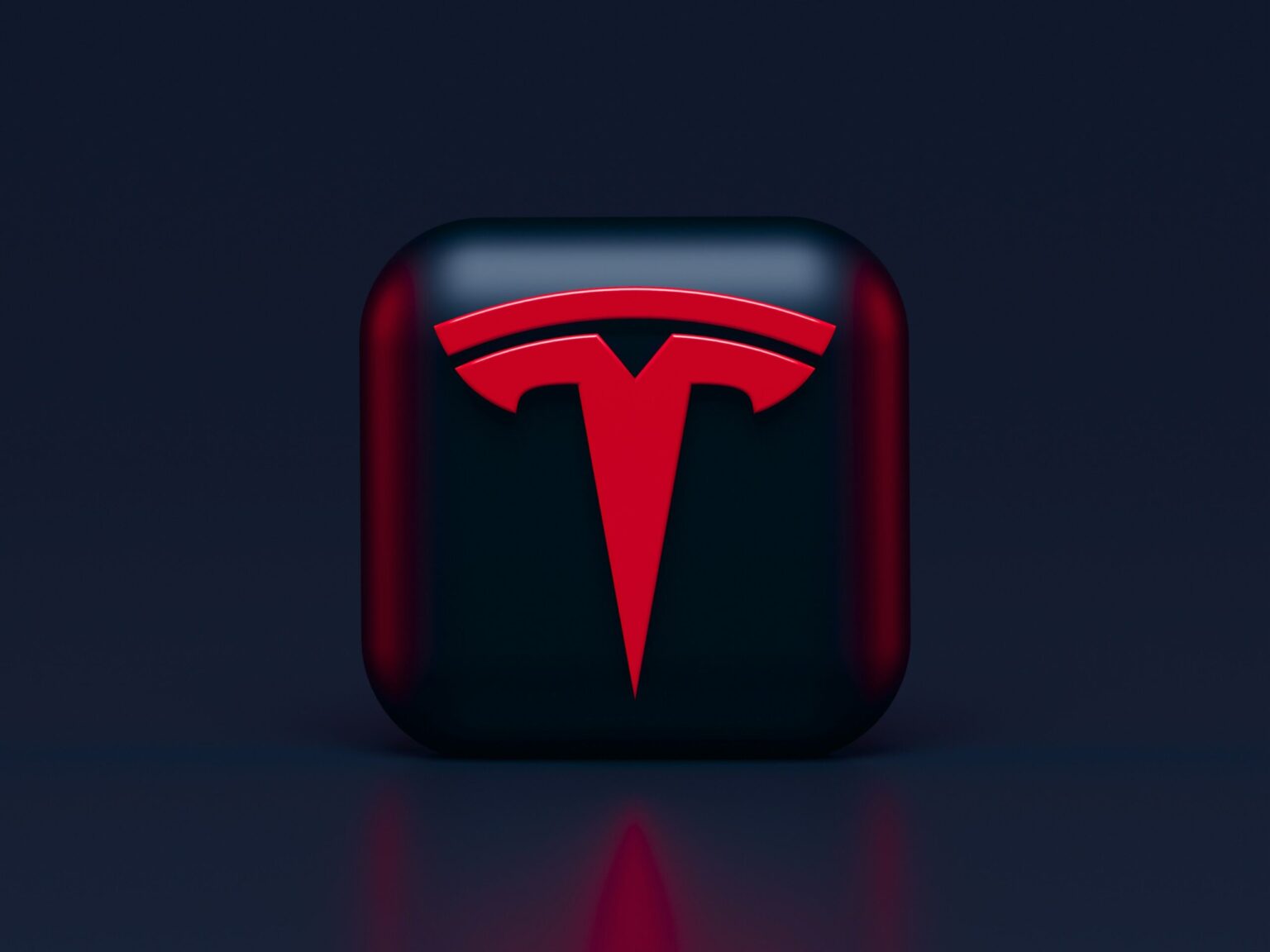Introduction to Tesla’s Monterrey Expansion Plans
In 2023, Tesla unveiled plans for a $10 billion gigafactory in Monterrey, Mexico, a move that was poised to significantly boost the company’s production capacity for electric vehicles (EVs) and battery technology. The factory was seen as a strategic decision, leveraging Mexico’s competitive labor costs, proximity to U.S. markets, and growing renewable energy sector. However, this ambitious project now faces significant uncertainty due to a looming tariff threat that could alter the entire economic landscape for Tesla and the broader automotive industry.
The Impact of the Proposed 25% Tariff
President-elect Donald Trump has proposed a 25% tariff on imports from Mexico, a move aimed at reducing U.S. dependence on foreign manufacturing and encouraging domestic production. While the tariff targets all imported goods, the automotive sector stands to be one of the most affected, particularly for companies like Tesla that rely heavily on Mexican manufacturing. Tesla CEO Elon Musk has expressed concerns about the potential consequences, stating that such a tariff would “fundamentally change the economics of building in Mexico.” The significant cost increase could force the company to reassess its strategic priorities, particularly as it pertains to its supply chain and long-term goals.
Challenges for the U.S. Automotive Industry
Tesla is not the only automaker that would be impacted by these proposed tariffs. Major car manufacturers such as General Motors, Ford, and Volkswagen also rely on Mexican factories to produce vehicles at a lower cost, benefitting from the United States-Mexico-Canada Agreement (USMCA) that has reduced trade barriers. If the tariffs are implemented, U.S. automakers could face tough decisions, such as absorbing the added cost, passing it onto consumers, or moving production back to the U.S., which would require substantial capital investment.
Industry experts warn that the added production costs could lead to an increase in EV prices in the U.S., a scenario that could slow the adoption of electric vehicles. John Kent, an automotive trade expert from the University of Michigan, explained that although the intent of the tariff is to bring manufacturing jobs back to the U.S., it could have unintended consequences. He added, “Many automakers rely on Mexico for affordable production. Tariffs would disrupt supply chains and ultimately make vehicles more expensive for consumers.”
Musk’s Potential Courses of Action
Tesla has several options available in response to the tariff threat, but each comes with its own set of challenges. One option would be to delay or scale back the Monterrey project until trade policies become clearer. Alternatively, Tesla could explore exemptions or incentives to offset the potential tariff impact. Another possibility is to ramp up its domestic expansion efforts, particularly in Texas, where Tesla already has a significant presence.
Some industry insiders speculate that Musk might use the tariff threat as leverage to negotiate better terms with the incoming administration, potentially securing more favorable conditions for Tesla’s international manufacturing operations. However, others argue that Tesla’s deep reliance on international suppliers, including those in Mexico, may make it difficult to retreat entirely from its plans in Monterrey.
The Road Ahead for Tesla and the EV Industry
Tesla’s $10 billion gigafactory in Monterrey was initially seen as a cornerstone of the company’s long-term growth strategy. However, with the potential implementation of a 25% tariff, the future of the project is now uncertain. As the incoming administration prepares to take office, the automotive industry is bracing for significant policy changes that could reshape global manufacturing strategies.
Conclusion: A Pivotal Moment for Tesla
In conclusion, the proposed tariff on Mexican imports presents a significant challenge for Tesla as it considers its expansion in Monterrey. The company’s leadership now faces crucial decisions regarding whether to push forward with the project, pivot to alternative strategies, or place a temporary hold on its plans. As the situation unfolds, the entire automotive sector is watching closely, with the potential for a major shift in how electric vehicles are produced and delivered globally.
